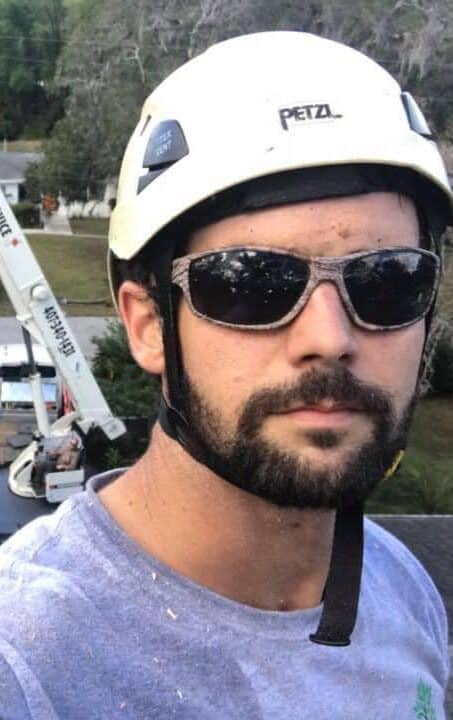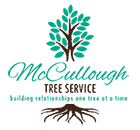By: Shelby McCullough| Published: August 4, 2024
Tree removal is often necessary for maintaining the health and safety of your property. However, the process to prevent lawn damage after tree removal can leave your lawn vulnerable to damage. Understanding how to prevent lawn damage after tree removal is essential for keeping your landscape looking its best. In this blog, we’ll explore effective strategies for protecting your lawn and ensuring a smooth recovery post tree removal.
Why Prevent Lawn Damage After Tree Removal
Health and Safety
Trees can pose a threat if they are dead, diseased, or damaged. Removing such trees helps prevent accidents and promotes the overall health of your landscape.
Aesthetic Appeal
Removing unwanted trees can enhance the visual appeal of your property, making room for new landscaping opportunities.
Space Management
Clearing space for construction or other landscaping projects often necessitates tree removal.
Potential Lawn Damage from Tree Removal
Soil Compaction
Heavy machinery used during tree removal can compact the soil, affecting its structure and health.
Root Damage
The process of removing a tree can disturb the roots of nearby plants and trees, potentially causing harm.
Debris and Residue
Leftover wood chips, sawdust, and other debris can affect soil quality and the health of your lawn.
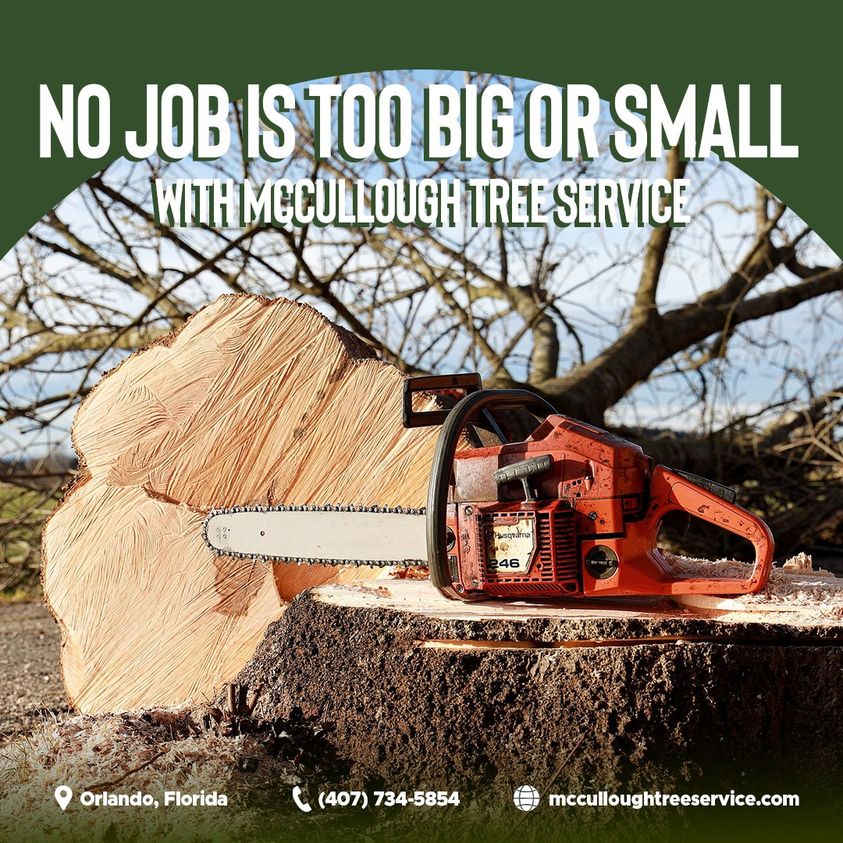
Preventing Lawn Damage: Effective Tips
1. Hire Professional Arborists
- Certified Experts: Choose certified arborists like those from McCullough Tree Service to ensure safe and efficient tree removal.
- Proper Equipment: Professionals use equipment that minimizes lawn damage.
2. Plan and Prepare
- Clear the Area: Remove garden furniture, decorations, and other obstacles from the vicinity of the tree.
- Protect Surrounding Plants: Use barriers or coverings to protect nearby plants and shrubs from debris.
3. Soil Aeration
- Post-Removal Aeration: Aerate the soil after tree removal to alleviate compaction and promote healthy root growth.
4. Mulching
- Organic Mulch: Apply organic mulch to improve soil structure and provide nutrients.
5. Watering
- Adequate Hydration: Ensure your lawn receives sufficient water to recover from the stress of tree removal.

Detailed Steps to Protect Your Lawn
Step 1: Hire Certified Professionals
Certified arborists bring expertise and experience to the table, ensuring that tree removal is conducted with minimal impact on your lawn. McCullough Tree Service in Orlando, Florida, offers top-tier tree care, including tree removal, trimming, and demossing.
Step 2: Pre-Removal Preparations
Clearing the Area
Remove all movable items from the area surrounding the tree to avoid damage and create a clear workspace for the arborists.
Protecting Plants
Cover nearby plants with protective barriers or cloth to shield them from falling debris and heavy machinery.
Step 3: Soil Aeration and Mulching
Post-Removal Aeration
After the tree is removed, aerate the soil to reduce compaction caused by heavy machinery. This process involves perforating the soil to allow air, water, and nutrients to penetrate deeper.
Applying Mulch
Spread a layer of organic mulch over the affected area. Mulch helps retain soil moisture, improve soil structure, and provide essential nutrients.
Step 4: Regular Watering
Maintaining Hydration
Water your lawn regularly to help it recover from the stress of tree removal. Proper hydration promotes healthy root growth and helps repair any damage caused during the process.
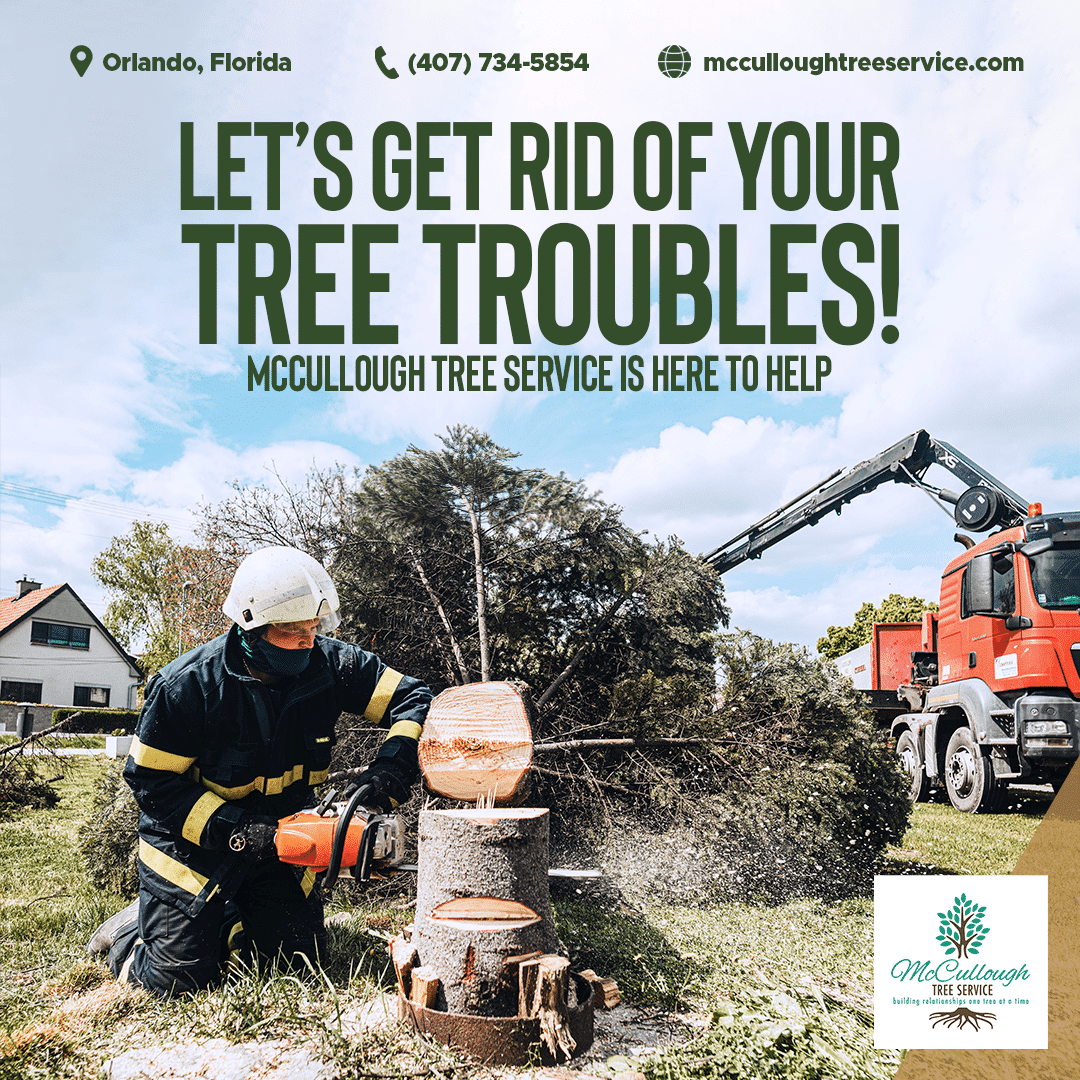
Common Challenges and Solutions
Challenge 1: Soil Compaction
- Solution: Regularly aerate your soil and avoid heavy foot traffic on the affected area.
Challenge 2: Debris Management
- Solution: Promptly clear debris and wood chips from your lawn to prevent soil contamination.
Challenge 3: Root Damage to Nearby Plants
- Solution: Monitor the health of nearby plants and provide extra care, such as watering and fertilization, to support their recovery.
Benefits of Professional Tree Services
Expertise and Safety
Hiring professionals ensures that tree removal is conducted safely and efficiently, reducing the risk of damage to your property.
Comprehensive Care
Companies like McCullough Tree Service offer a range of services, from tree trimming and demossing to storm damage cleanup, providing holistic care for your landscape.
Conclusion
Preventing lawn damage after tree removal is crucial for maintaining the beauty and health of your landscape. By hiring certified professionals, preparing adequately, and following post-removal care tips, you can ensure your lawn remains lush and vibrant. Remember, proper lawn care doesn’t end with tree removal; continuous maintenance and care are key to a thriving landscape.
For more information or to schedule a consultation, contact McCullough Tree Service at (407) 734-5854 or visit their website.
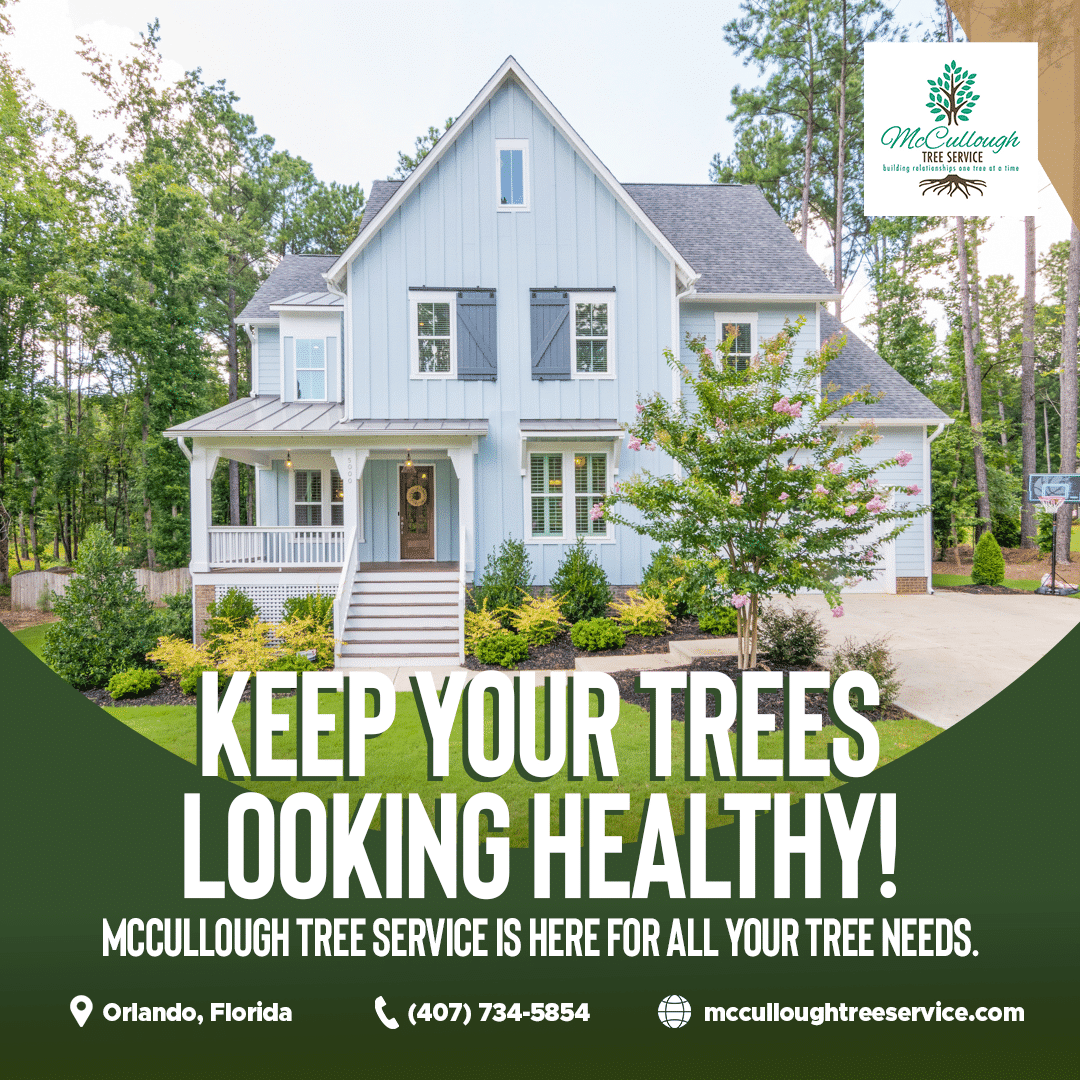
FAQs
1. How often should I aerate my lawn after tree removal?
Aerate your lawn at least once a year, or more frequently if the soil is heavily compacted.
2. Can mulching help prevent lawn damage?
Yes, mulching provides essential nutrients and helps retain soil moisture, promoting healthy grass growth.
3. What are the signs of soil compaction?
Common signs include water pooling on the surface, thin or patchy grass, and difficulty in digging.
4. How do I know if my plants are affected by tree removal?
Look for signs of stress, such as wilting, yellowing leaves, or stunted growth. Provide extra care to help them recover.
5. Why is professional tree removal recommended?
Professional tree removal ensures safety, minimizes lawn damage, and provides expert care for your landscape.
By following these guidelines, you can effectively prevent lawn damage after tree removal and keep your landscape looking its best. For professional assistance, trust McCullough Tree Service to handle all your tree care needs.
